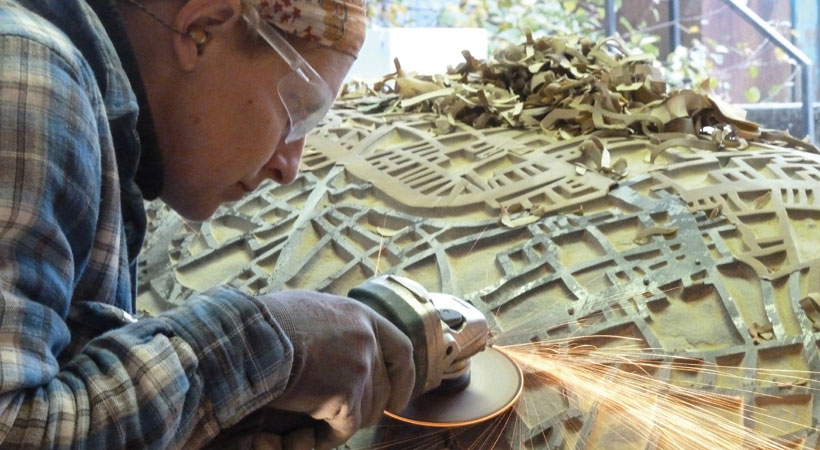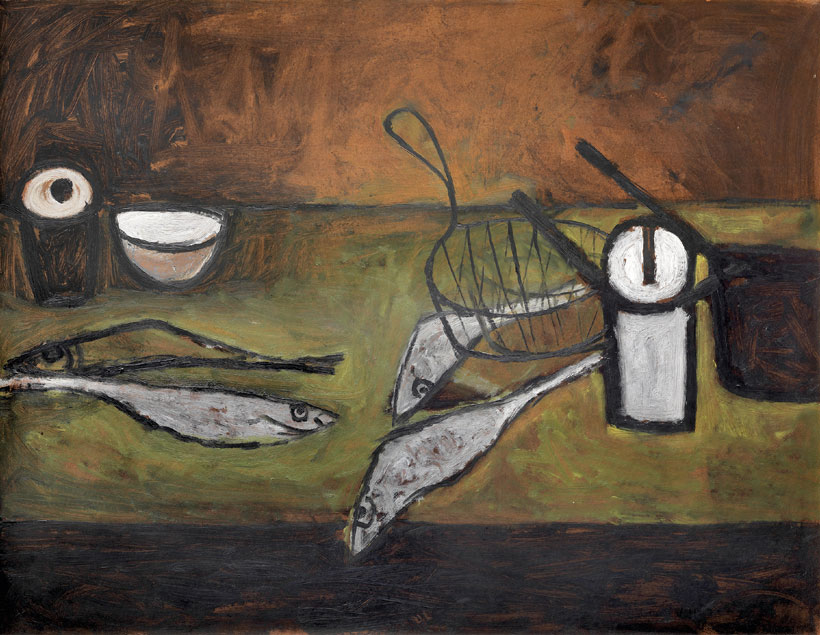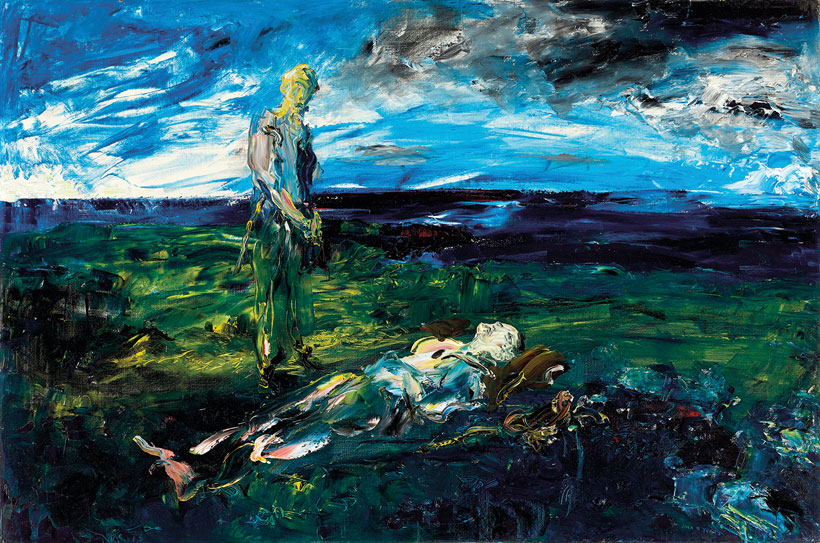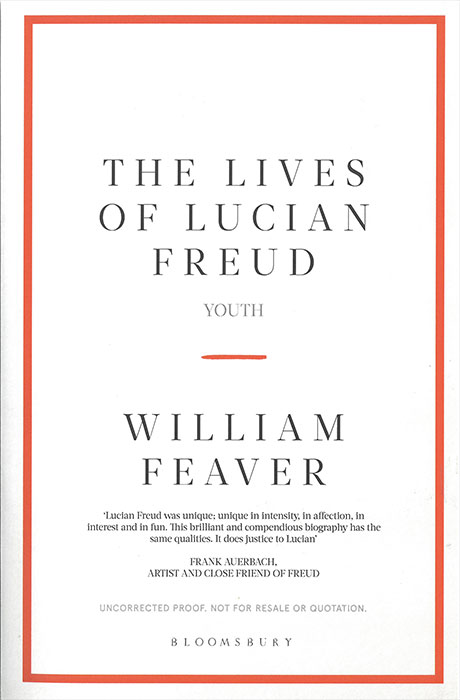The map patterns in her work, although abstract in appearance, are accurate and can still be read, Michelle Byrne tells Carissa Farrell

The map patterns in her work, although abstract in appearance, are accurate and can still be read, Michelle Byrne tells Carissa Farrell
Michelle Byrne began her sculptural practice during the halcyon years of the 1990s when access to workspace in the industrial brownfield sites of the Dublin Docklands was plentiful and sculptors could find a wealth of mechanical and manufacturing waste with which to work. Byrne recalls being able to ‘climb scrapheaps‚’ in the old Hammond Lane scrapyard to find old metal and wood with a sense that everything had intrinsic value, history and the potential for transformation. As she says: ‘I loved that the objects and materials I used had a back story. Materiality, form and process were important to my practice. The materials‚’ surface continuing to change, the copper greening, the metal rusting, this I found exciting.‚’ Byrne made use of these ‘back stories‚’ as she remodelled, beat and welded materials so they could retain their distressed industrial legacy. Her 1992 degree show in GMIT marked a distinguished prelude to this period. She presented four medium to large-scale apparatuses made of bitumen soaked wood, coopered by metal joins and plates to form a kind of mythological machinery of unknown purpose. At such an early point in her career, these robust forms demonstrated conceptual depth and maturity. They also indicated where her life-long interests lay and a sense of her internal aesthetic language that has re-emerged over and over throughout her career.
To read this article in full, subscribe or buy this edition of the Irish Arts Review
Michelle Byrne began her sculptural practice during the halcyon years of the 1990s when access to workspace in the industrial brownfield sites of the Dublin Docklands was plentiful and sculptors could find a wealth of mechanical and manufacturing waste with which to work. Byrne recalls being able to ‘climb scrapheaps’ in the old Hammond Lane scrapyard to find old metal and wood with a sense that everything had intrinsic value, history and the potential for transformation. As she says: ‘I loved that the objects and materials I used had a back story.



